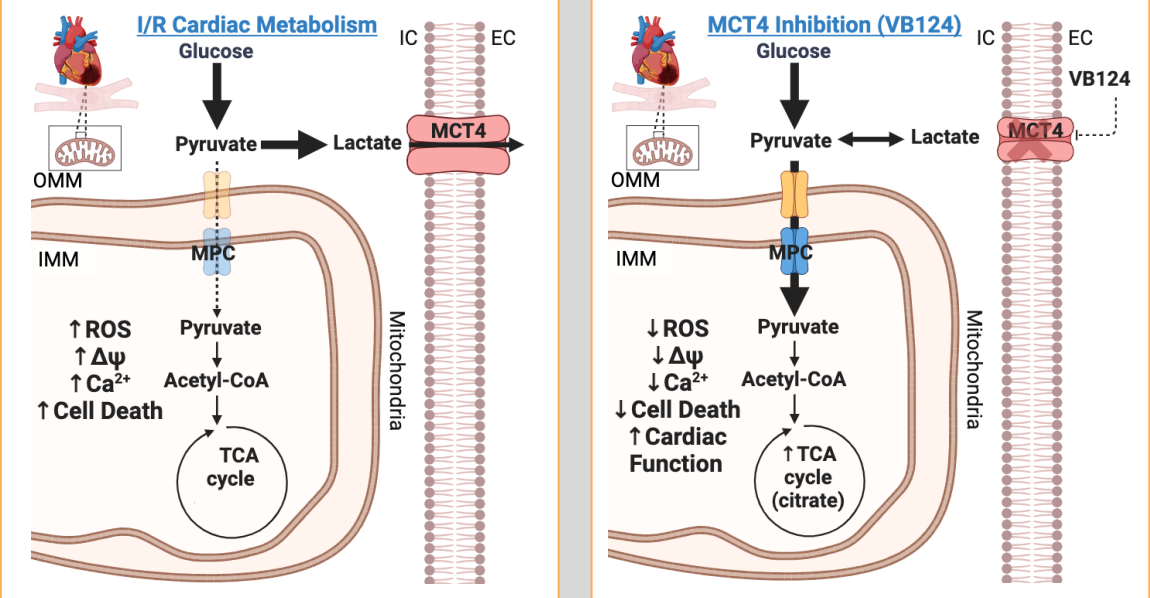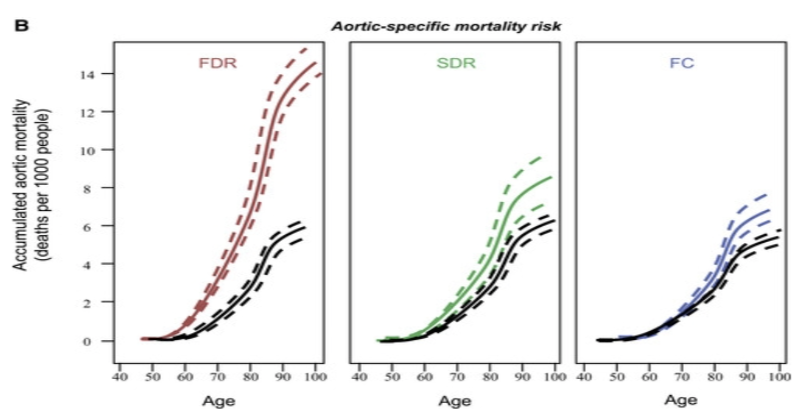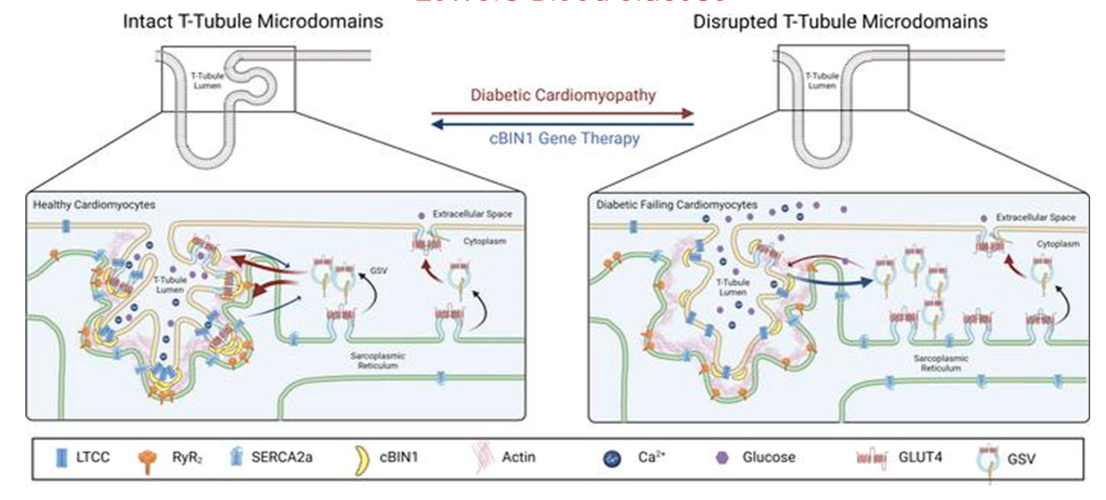CUTTING EDGE CARDIOVASCULAR RESEARCH
Nora Eccles Harrison Cardiovascular Research and Training Institute (CVRTI) delivers cutting-edge cell-to-bedside research and education of cardiovascular disease, which is one of the leading causes of death worldwide. At the CVRTI, we are both developing new insights into the biology of heart muscle cells, and developing novel therapeutics for patients with heart failure and cardiac arrhythmias such as sudden cardiac death.
Located at the University of Utah, the CVRTI nucleates a campus wide, multidisciplinary team of fourteen individual investigator laboratories who are both scientists and physician scientists. The research of the laboratories spans from basic muscle biology and channel electrophysiology to metabolism and genetics. Founded in 1969, the CVRTI is one of the oldest cardiovascular institutes in the country, and its research has already impacted clinical care from development of the first artificial heart, to the genetic basis of long QT arrhythmias, to using electricity to map heart dimensions for arrhythmia ablation, to myocardial recovery.

CVRTI Seminar Series -RIPS
Thursday, July 23, 2025
12:00 PM – 1:00 PM MT

Principles of Action Potential Conduction in Cardiac Tissue
Yoram Rudy, PhD
Distinguished Professor Emeritus
Washington University in Saint Louis
Member, US National Academy of Engineering
Fellow, US National Academy of Inventors
Join us in person only at
Eccles Health Sciences Education Building, EHSEB, Bldg. 575, Room 2600, 25 S. 2000 E. (Lunch Provided)
Heart failure with preserved ejection fraction (HFpEF) is a complex and increasingly common form of heart failure that affects nearly half of all patients diagnosed with heart failure. Despite its prevalence, HFpEF is frequently misdiagnosed or overlooked entirely. Patients may go years without a proper diagnosis, receiving treatment for symptoms like fatigue or shortness of breath without addressing the underlying cardiac issue.



.png)








